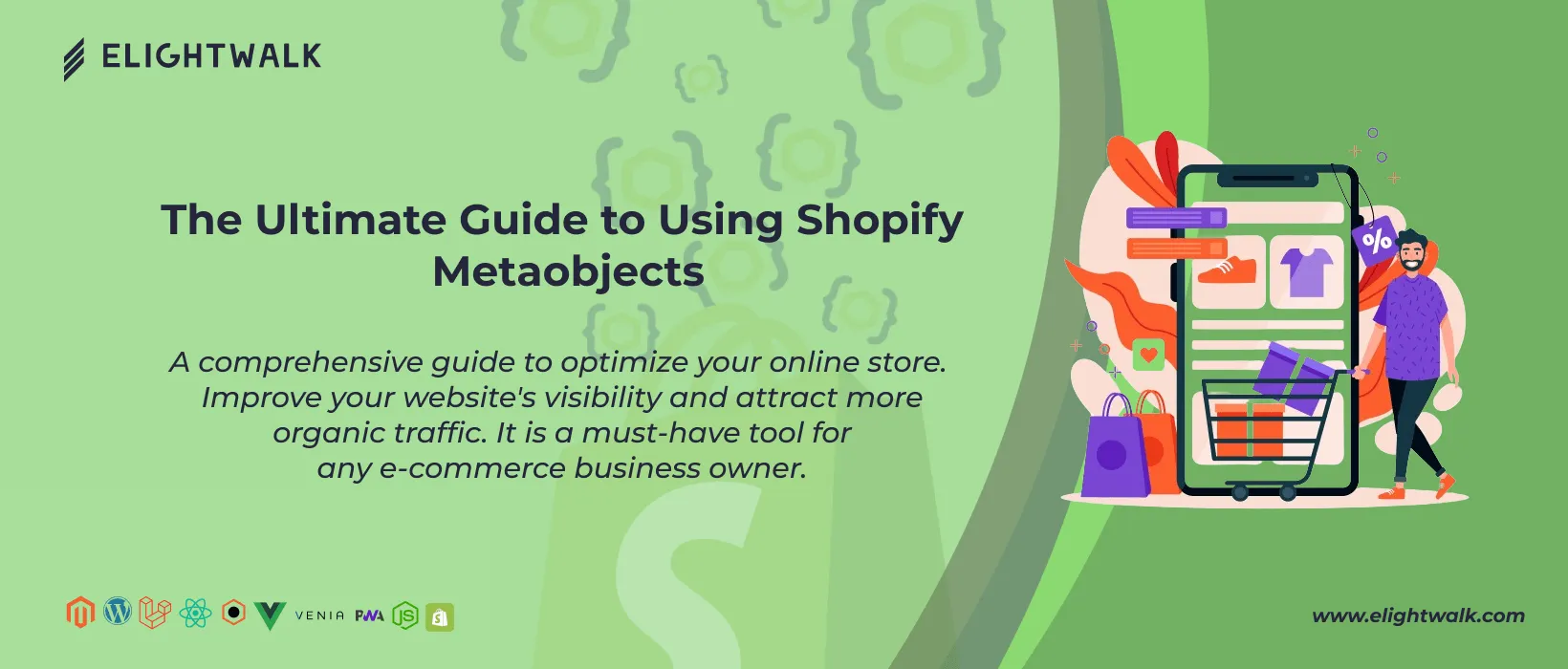After the metafield, metaobjects are more critical for covering the market. Using metaobjects allows businesses to manage and organize their data effectively. Here are some essential benefits of Shopify Metaobject that companies should consider.
1. Product Management:
Shopify store optimization using Metaobjects, providing better organization and searchability. This metadata can include tags, categories, and other attributes that help manage a large inventory. Having a well-organized and easily searchable list is critical for reliable product management.
2. Efficiency and Consistency:
Metaobjects allow you to avoid entering repetitive information into different metafields for each product or item in your Shopify store. Creating reusable metaobjects with predefined fields ensures consistency across all instances, reducing the risk of errors that may arise from manual data entry.
3. Centralized Updates:
One of the significant advantages of Metaobjects is the ability to make updates in a centralized location. When changes need to be made, you can edit the information within the metaobject, and those changes will automatically reflect across all instances where the metaobject is used.
4. Site-Wide Changes:
Metaobjects empower you to make site-wide changes quickly and effortlessly. If you decide to modify the structure or content within a metaobject, these changes will propagate throughout your entire store where the metaobject is implemented. This capability is particularly valuable for maintaining a consistent look and feel across different sections of your website.
5. No Custom Code Required:
Metaobjects eliminate the need for custom code to group content together. This accessibility is crucial for non-technical store owners and designers who may not be proficient in coding with Liquid.The user-friendly interface provided by Shopify's admin panel allows for creating and managing metaobjects without writing custom code.
6. Increased Customization:
Metaobjects provide a more advanced level of customization by allowing the creation of complex groups of data. This flexibility enables you to structure and present information on your website in ways that may not be achievable with standard fields. This increased customization opens up new creative possibilities for presenting unique and diverse content across your Shopify store.
Shopify can create a unique and tailored shopping experience for each customer. This personalization experience increases customer satisfaction and boosts sales and customer loyalty.



